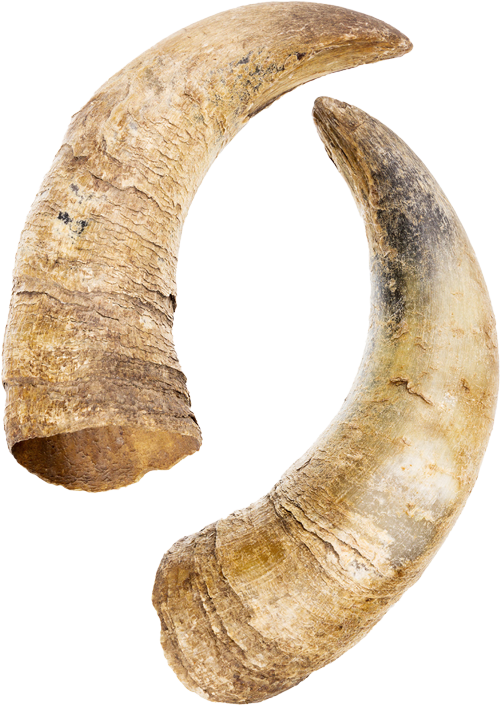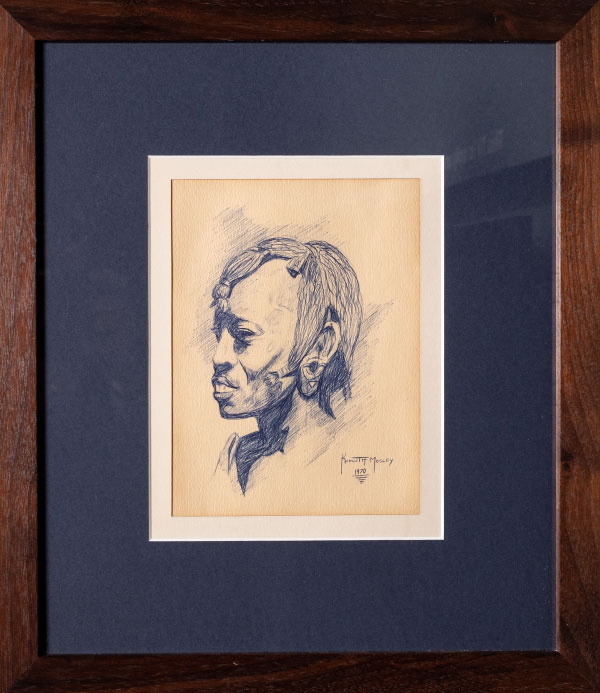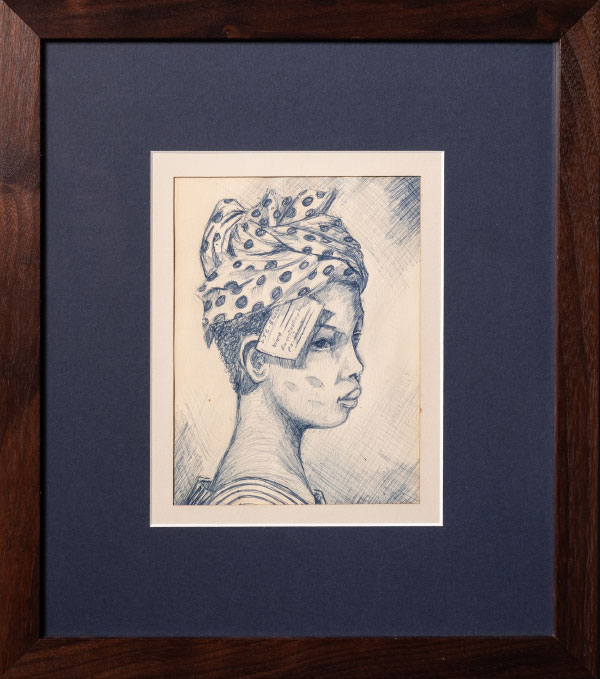Abeng Multicultural Lounge
History and Namesake
Yɛma wo akwaaba ko Abeng amammerɛ ahorow pii dan mu
We welcome you to the Abeng Multicultural Lounge

What is an Abeng?
The word “Abeng” is a Twi word from Ghana, meaning an animal horn or musical instrument. Abengs were primarily used by enslaved people in the West Indies and Jamaica to communicate with each other and call secret meetings. The Abeng later became a symbol for enslaved communities in the United States, symbolizing a “call to action”.
The Abeng Multicultural Lounge honors the powerful significance of the abeng and celebrates the advocacy and fight for freedom, racial equality and justice by the Black and African American community.
The Abeng Minority Culture Lounge was named by a residential college East Quad resident in 1971, Dr. Harvey Slaughter. He says, of why he picked the name:
“When I was giving consideration as to what the name should be, [I learned] about this instrument that the slaves used when they were trying to organize, and trying to throw off their slave master. They would bellow this horn and it would let them know that they should go to their secret meetings.
I thought that historically it would be a great name for [this lounge] because that was what we were trying to do – bring students together about issues that were relevant to minority concerns and create change.”
– Dr. Harvey Slaughter ‘72, ‘74, ‘77, ‘83
History of the Abeng Multicultural Lounge
The University of Michigan has a rich history of student activism. In the wake of Dr. Martin Luther King Jr.’s assassination and the momentum of the Civil Rights movement in the 1960’s, a group of students, faculty, and staff began to protest the University of Michigan’s campus climate and treatment of Black and African American people on campus. This was the beginning of the first wave of the Black Action Movement (BAM). The group of undergraduate and graduate students, faculty, and staff compiled a list of twelve demands and participated in an 18-day strike. As a result of BAM I, the University agreed to three of their twelve demands: including the call to increase Black enrollment to 10% of the student population; support for the creation of what is now the Department of Afroamerican and African Studies (DAAS); and the creation of a Black Culture Center, now known as the William M. Trotter Multicultural Center.
In addition, several housing initiatives were established in the early 1970s, including the Diversity Peer Educator (formerly the Minority Peer Advisor) program and the Multicultural Lounge program. Thus, one of the first multicultural lounges was created in East Quadrangle and was named the Abeng Minority Culture Lounge by students, including Dr. Harvey Slaughter.
At first, Abeng was only an office, but Harvey advocated and worked to expand the office to include a lounge space where Black students could gather. Over time, engagement with the multicultural lounge and council have grown, hosting community events, workshops, and education-based opportunities. Presently, the Abeng Multicultural Lounge is in its third home in East Quad after moving to a more accessible and prominent location near the residence hall’s community center and dining hall.
M Housing thanks the previous students for their contribution and creation of the Multicultural Lounge Program. Below please read Dr. Harvey Slaughter’s biographical information.
Dr. Harvey Slaughter
Dr. Harvey Slaughter, Residential College class of 1972, created a very distinguished undergraduate career including extensive activism for the advancement of Black students and building structures of academic support for his peers at the University of Michigan.
Harvey embodied intellectual curiosity, concern for social welfare, and hunger for organizational change; qualities that were cultivated and fostered while he was a student in the Residential College. In his career, Harvey’s focus is to drive corporate growth by maximizing human performance through innovation and improved team work. He is a relentless implementer with a passionate commitment to creative problem-solving and his work creates dynamic, engaged organizational cultures, where employees feel valued as full members of the team. Similar to 1971, Harvey has been an instrumental voice in the design and renovation of the current Abeng Multicultural Lounge.
“If we tell the history of the place and make sure that everyone knows that everyone can use it, that makes it even more of a place to be, it makes it more relevant for a place the time for inclusion is here.”
– Dr. Harvey Slaughter

